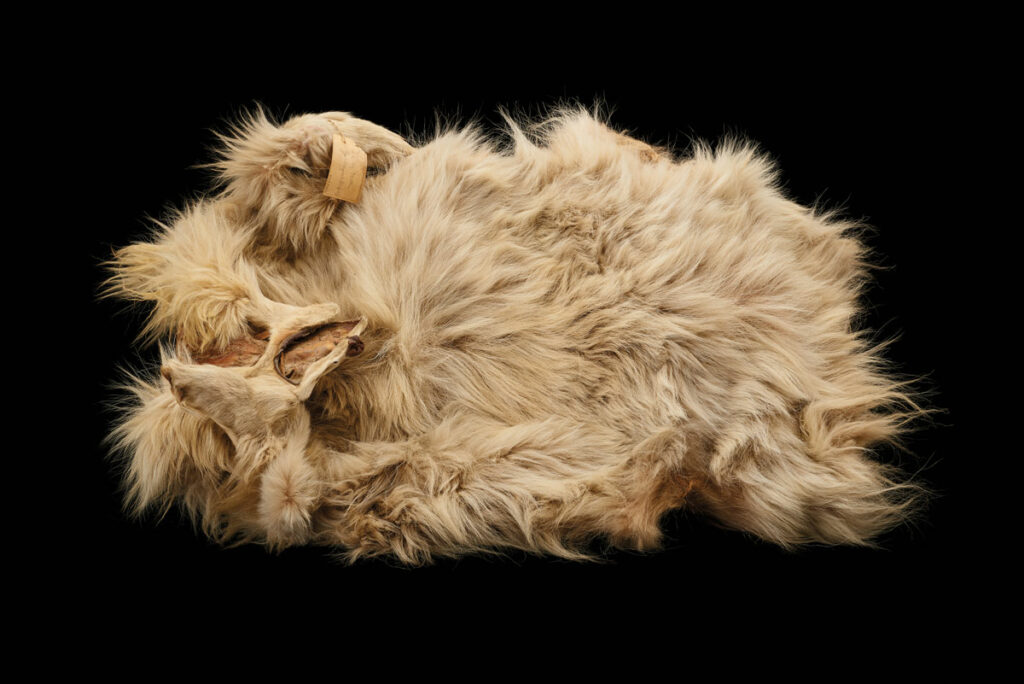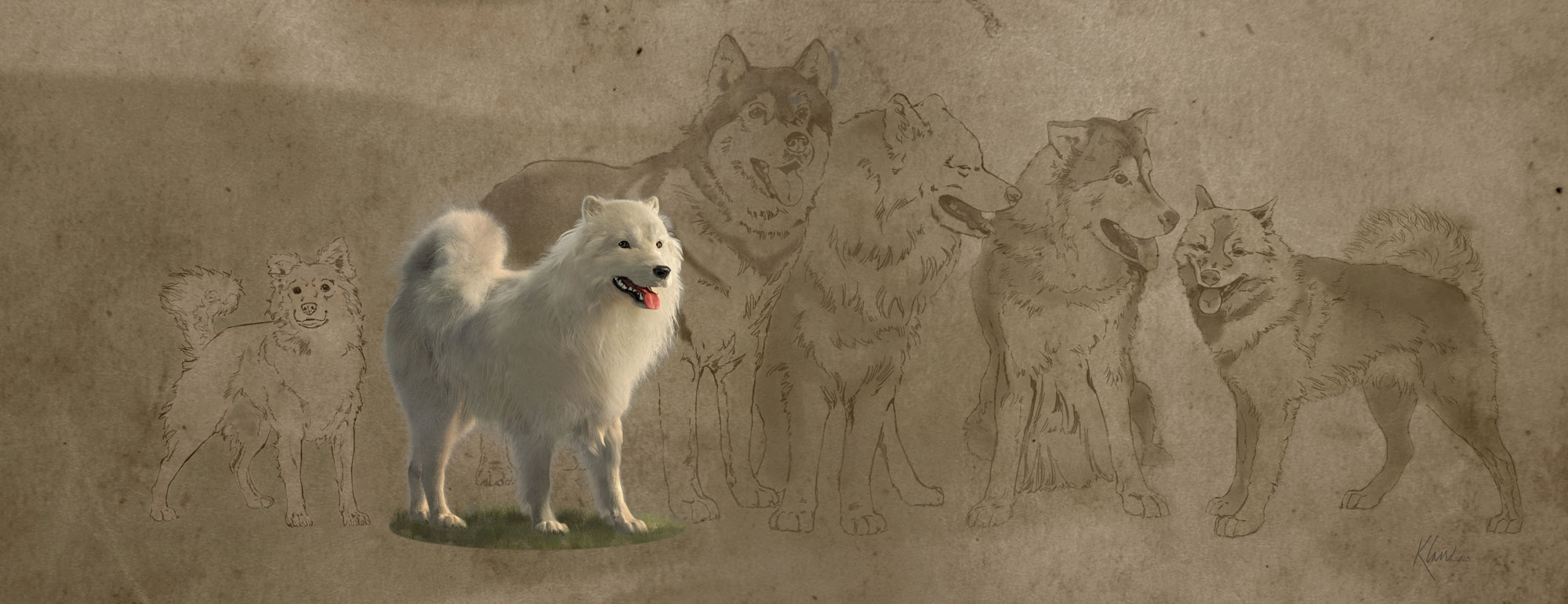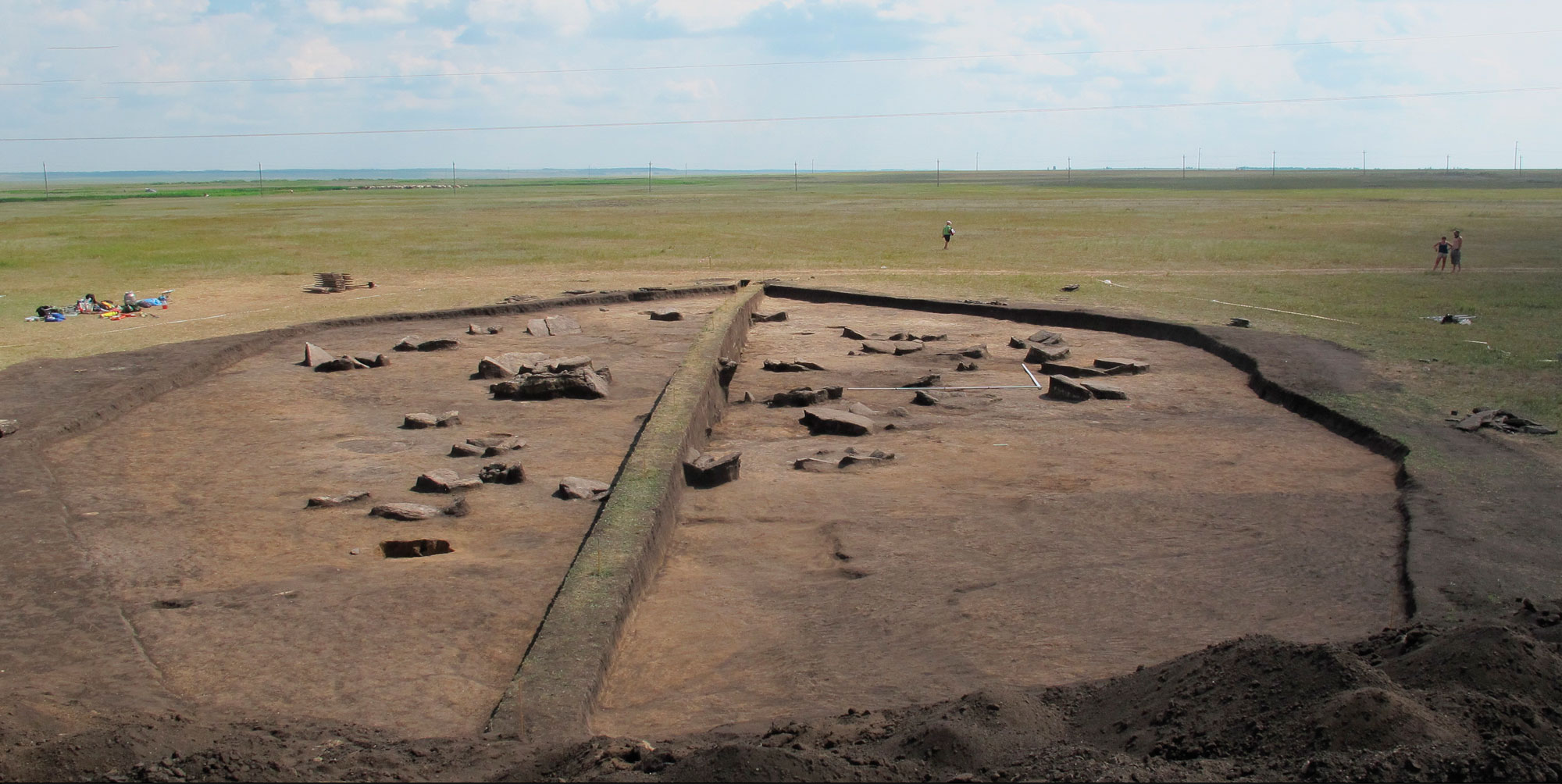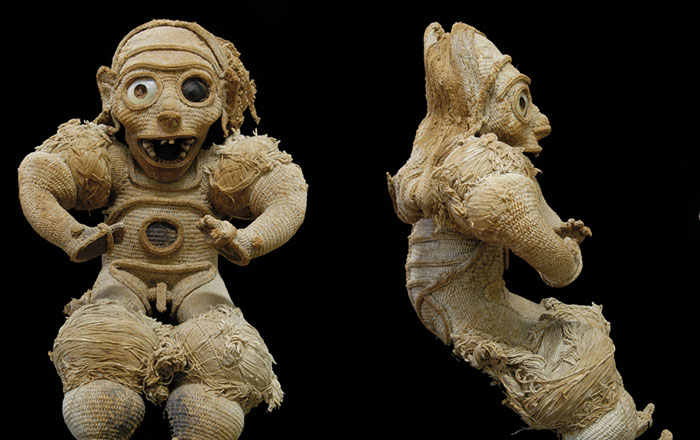
For the Indigenous Coast Salish peoples of the Pacific Northwest, woolly dogs played an extremely significant cultural and spiritual role. The Coast Salish prized the dogs for their distinctive fur, which has soft guard hairs making up the outer coat and an unusually long, crimpy undercoat. High-ranking women spun the hair into yarn, which they wove into blankets, clothing, and ceremonial items. They also carefully tended to the dogs, feeding them a special diet and keeping them in pens near human housing or on small islands so they wouldn’t interbreed with other canines.

The dogs provided much more than a useful weaving material, says Michael Pavel, an Elder from the Skokomish (Twana) Coast Salish community on the Olympic Peninsula in Washington State. “The woolly dogs’ most important contributions, in addition to their special woolly fiber, were teachings that helped to elevate human society,” he says, noting that the dogs imparted the values of unconditional love, loyalty, and learning from one’s heritage. Woolly dogs were treated as treasured family members and, in some cases, seen as people from whom select Coast Salish women traced their lineage.
Woolly dogs went extinct by the early twentieth century. However, a pelt belonging to a woolly dog named Mutton, who died in 1859 while being cared for by naturalist and ethnographer George Gibbs, survives. Gibbs sent the pelt to the Smithsonian Institution, which holds it to this day. Analysis of Mutton’s pelt by a team including evolutionary molecular biologist Audrey Lin when she was at the Smithsonian’s National Museum of Natural History has offered unique insights into the lineage and genetics of woolly dogs. “The most interesting findings validate what Coast Salish peoples have known about these woolly dogs, that they were kept for up to thousands of years, starting between 1,800 and 4,800 years ago,” says Lin, now of the American Museum of Natural History. The analysis also showed that Mutton had approximately 84 percent precolonial dog ancestry and 16 percent European dog ancestry—roughly equivalent to one European great-grandparent—evidence that the Coast Salish continued to selectively breed woolly dogs for decades after colonization began in the late eighteenth century. In addition, researchers detected 28 variants in Mutton’s genome with possible links to hair growth and follicle regeneration, including one, in the KANK2 gene, that is associated with a disorder that causes woolly hair in humans.
The team produced a reconstruction of Mutton’s appearance and found that he strongly resembled breeds such as the American Eskimo dog and the Samoyed. Lin emphasizes that this resemblance is a product of evolutionary convergence, or similar qualities emerging independently in different parts of the world. “American Eskimo dogs are actually European dogs, and Samoyeds come from Arctic lineages,” she says. “They’re genetically very, very different from woolly dogs.”















